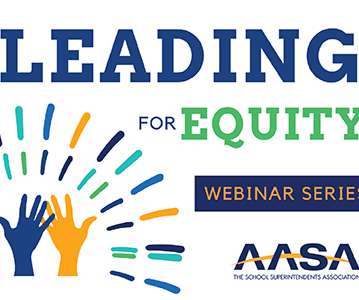Implementing Innovation Strategies to Make School Districts More Equitable
edWeb.net
APRIL 30, 2021
The disruptions and changes during the past year have made a return to the industrial education model of the 19th and 20th centuries problematic for school districts committed to preparing diverse students for 21st century careers. By Robert Low. WATCH THE EDWEBINAR RECORDING. LISTEN TO THE PODCAST. Creating a Framework for Innovation.














Let's personalize your content